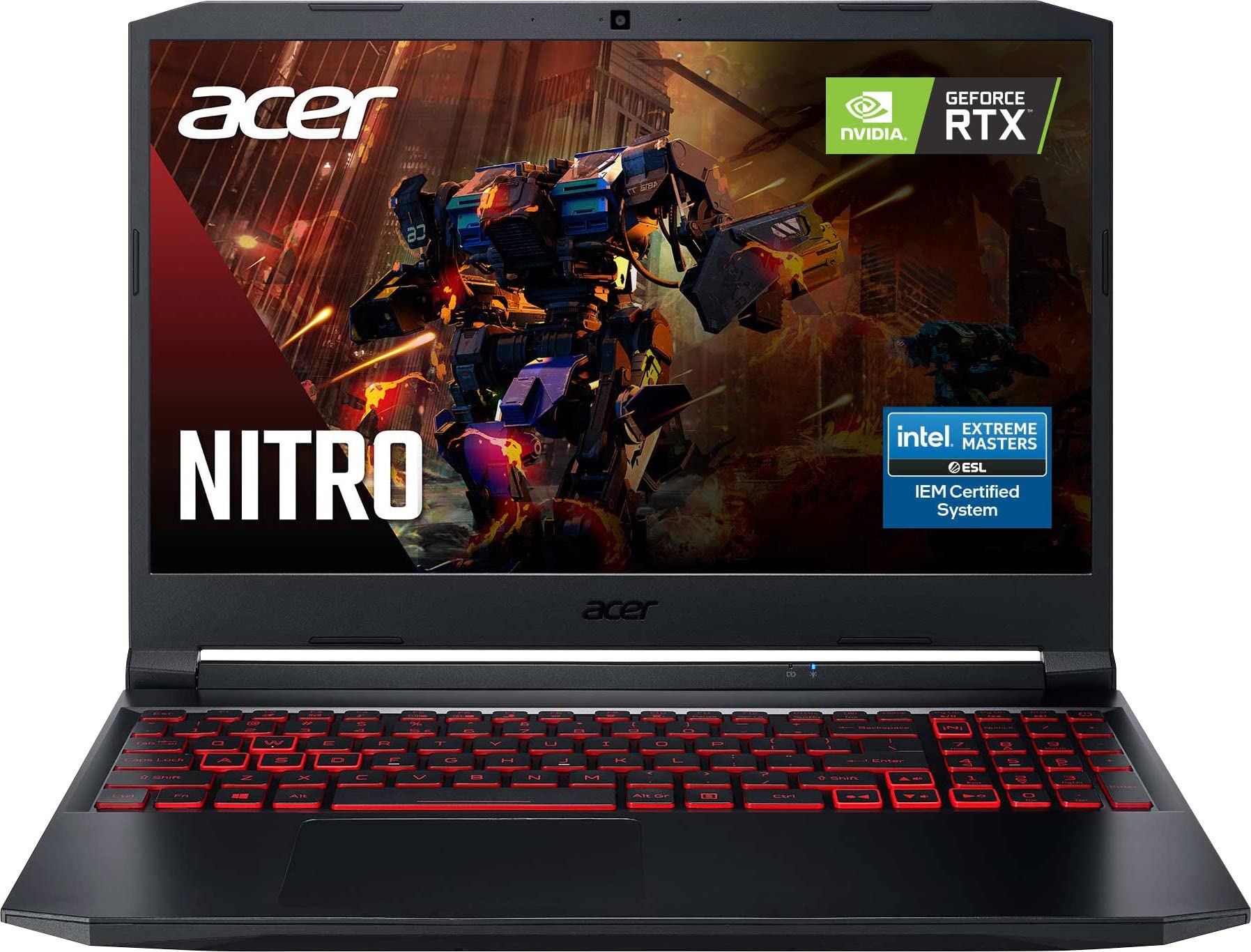A high-performance laptop with a fluid and responsive display is essential for today’s fast-paced gaming scene. As more and more gamers search for portable devices that can render spectacular images and seamless gameplay, the demand for 144Hz laptops has surged. In this detailed guide, we’ll go over all the features, perks, and factors you should think about when shopping for a 144Hz laptop so you can pick one that really delivers.
1. Understanding the Importance of a 144Hz Display
Smoother animations, less motion blur, and quicker reaction times are the results of a 144Hz display, which can be found in modern laptops and monitors. Faster reaction times and an overall performance boost in fast-paced games are made possible by this monitor’s high refresh rate. Your gaming experience can be greatly improved by prioritizing a laptop with a refresh rate of 144 hertz (Hz).
2. Powerful Hardware for Optimal Performance
In order to get the most out of a 144Hz display, a high-powered laptop is required. Find a laptop with a powerful CPU, such an Intel Core i7 or AMD Ryzen 7, to play demanding games smoothly. In addition, high-quality graphics rendering and smooth frame rates are impossible without a specialized graphics card such an NVIDIA GeForce RTX or an AMD Radeon RX.
3. Display Size and Resolution
Think about the size and resolution of the screen you want on your 144Hz laptop. Screen sizes between 15 and 17 inches give the best of both worlds: an immersive gaming experience and portability. Choose a laptop with a high-definition display, such as Full HD (1920×1080) or QHD (2560×1440), to take advantage of detailed images and vivid colors.
4. Response Time and Adaptive Sync Technology
When shopping for a 144Hz laptop, response time is also an important consideration. Smoother transitions between frames and less ghosting and motion blur are the result of lower reaction times, measured in milliseconds (ms). For the best performance, try to get a laptop with a reaction time of 5ms or less.
Laptops featuring adaptive sync technology, like NVIDIA G-SYNC or AMD FreeSync, are also a good option. These innovations allow for a smooth gaming experience by synchronizing the display’s refresh rate with the GPU’s output.
5. Cooling System and Thermal Management
Gaming sessions that are too taxing on a laptop’s technology might cause it to overheat and slow down. Maintaining peak performance and avoiding overheating calls for a solid cooling system. For reliable performance even during extended gaming sessions, seek out laptops with effective cooling methods such as sophisticated heat pipes, numerous fans, and intelligent thermal management systems.
6. Storage and Memory
Consider purchasing a laptop with enough of storage space and enough RAM to accommodate your favorite games and allow for seamless multitasking. For quicker boot speeds and shorter loading times in games, solid-state drives (SSDs) should be used over standard hard disk drives (HDDs). In order to run today’s games and other memory- and CPU-intensive programs, you need have at least 512 GB of SSD storage and 16 GB of RAM.
7. Portability and Battery Life
Even while gaming laptops are usually larger than ultrabooks, mobility is still an important factor. Look for a 144Hz laptop that balances performance and portability if you plan to travel a lot or attend LAN parties. Think about ultraportable computers, which are slimmer and lighter without sacrificing functionality.
If you plan on using your laptop while on the road, battery life is just as important as mobility. Choose a laptop with a long-lasting battery if you plan on playing games for lengthy periods of time without stopping to recharge. Under typical conditions, the battery life should last for at least six to eight hours.
8. Connectivity and Expandability
Check to see if the 144 Hz laptop you’re considering has a wide variety of input and output ports. Laptops with USB 3.0 or higher ports should be prioritized because of the increased speed with which data may be transferred. Connecting external displays and gaming accessories requires ports such as HDMI and DisplayPort. In addition, Wi-Fi and Bluetooth may be used wirelessly to connect to the internet for online gaming and other purposes.
Think about the laptop’s upgrade potential. Future-proof your gadget by seeing if it supports memory and storage expansion. Your laptop’s lifespan and performance can be greatly improved if you have the option to change its components in the future.
9. Build Quality and Design
A laptop with a solid build will last for years and be reliable. Try to choose computers that are built to last, using sturdy materials. Because of their durability, aluminum chassis or reinforced plastic frames are frequently used. Also, make sure the keyboard and trackpad are well-designed for long gaming sessions, with both comfort and responsive input.
10. User Reviews and Recommendations
The real-world experiences and feedback from other gamers can provide invaluable insights into a laptop’s performance, reliability, and customer support; therefore, it is recommended that you read user reviews and seek recommendations from reliable sources before making a final decision.
Conclusion
Display quality, strong hardware, cooling systems, storage space, mobility, and user reviews are just few of the variables to take into account while searching for the best 144Hz laptop for gaming. Your gaming experience may be greatly improved by giving careful consideration to these factors and making an educated choice.
Keep in mind that the finest 144Hz laptop is the one that meets your individual requirements for gaming. Think carefully about which features are most important to you in a laptop and do some research to find one that satisfies your needs.











